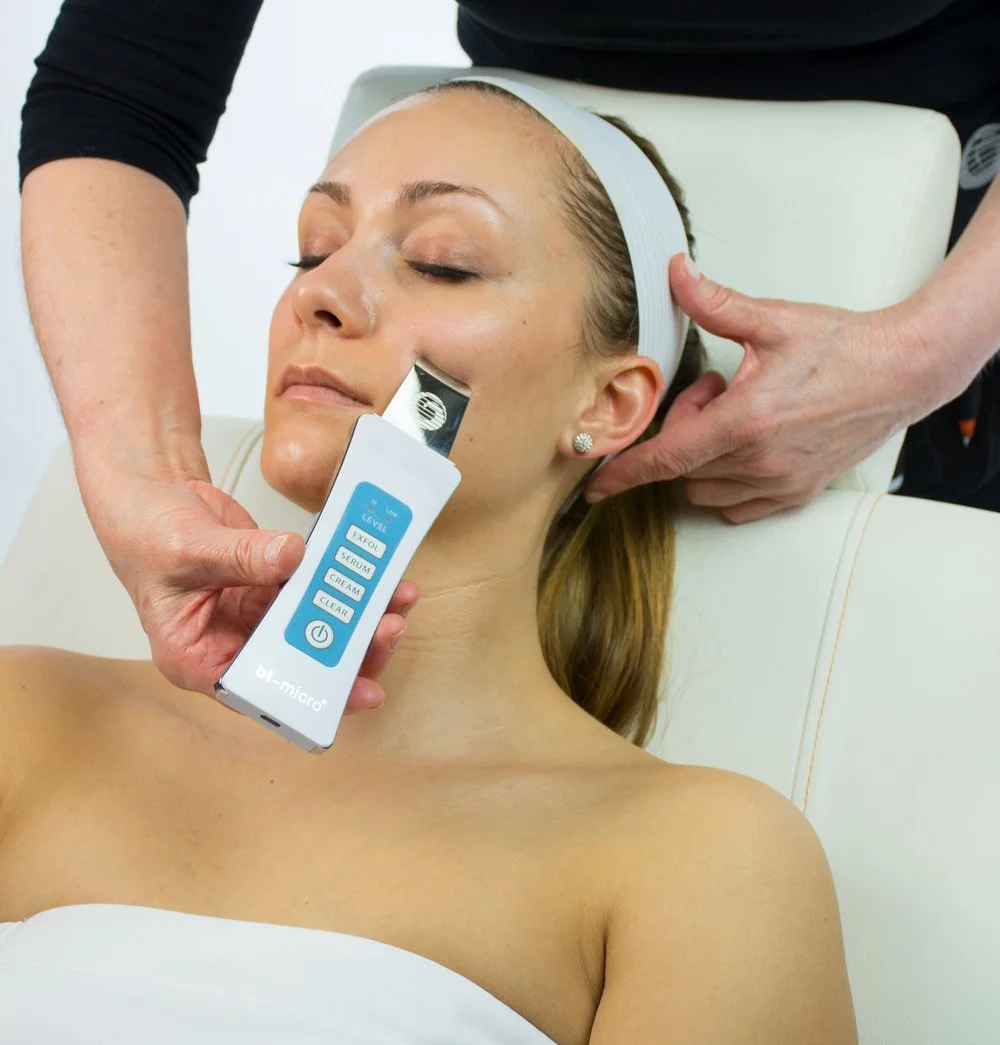Acne Treatment And Causes
“The cycle of make- up wearing and covering breakouts leads to a vicious cycle”
What is Acne?
Pores are visible openings on the skin surface they contain the hairs within a follicle and are connected to the oil glands underneath your skin. The oil glands produce sebum, this sebum helps to carry dead skin cells to the surface of your skin through the follicle.
The cells that form the walls of the follicle are called keratinocytes. These are the dead skin cells that, in healthy skin, are pushed out of the skin by the growing hair inside the follicle (the hair acts as a wick taking debris of the follicle with it). If the function of this is disrupted a plug will form over the top of the follicle this will allow bacteria to thrive at this point whiteheads, blackheads and pimples will form leading to further formation of papules and pustules.
Who is prone to acne?
Studies have found that those living in countries in less developed countries who lead a more simplistic lifestyle following a fresh diet do not suffer from acne the way those living in developed countries do.
Acne is by far the most common skin disease affecting both genders regardless of age or race. However, acne is most common in those ages 11- 30 affecting as much as 80% at some point. Teenage acne can last almost a decade and can subside with age or grow out of by 25 years. Teenage boys tend to have more severe cases. Those suffering with acne over 30 tends to be female.
Hormonal factors contributing to acne
Dihydrotestosterone-alpha (DHT)- Testosterone is converted into DHT, by the 5-alpha enzyme. DHT is about five times more potent than testosterone, and is considered a very potent androgen. A male hormone which is present in females too a much lesser extent.
DHT can cause acne as it over stimulates the sebaceous glands (the oil sack within the follicle), the same oil glands that cause your skin to product more sebum. As a result the pore becomes clogged and contributes to acne this is more common in females.
Estrogen and Progesterone
In females 10 -7 days before the menstrual cycle females may notice flare ups due to the dominance of estrogen in the early phase of the menstrual cycle and in the later phase progesterone is dominant once the period approaches there is a decline in both hormones. Testosterone is at a constant level throughout the month but as these other hormones decline testosterone becomes dominant therefore the sebaceous gland produces more sebum increasing breakouts.
Teenagers, those on the contraceptive pill, suffers of polycystic ovarian syndrome and pregnant women have a fluctuation of the above hormone thus increasing sebum production leading to breakouts.
Cortisol
The increase of cortisol from the androgens is released by the endocrine system in times of stress whilst not contributing to acne directly these hormones escalate the production of sebum a high production of sebum within the follicle will contribute to breakouts.
Each of the adrenal gland hormone individually and together contribute to the eco system that gives rise to acne.
Diet
It was originally thought in the 70’s that diet played no part in acne in recent years numerous studies have been carried out there is a direct link between diet and acne. But let’s consider this if lipophilic vitamins A and D have an important impact on keratinocyte biology and can also be crucial to proliferation in acne why would diet not have a direct impact on diet???
Studies by Cordain, Mann and Webster found that a western diet abundant in high glycaemic and refined foods such as white bread, cereals and milk lead to a spike in blood sugar levels and increase in skin breakouts through excess oil production.
A diet of fresh foods with a wide variety of fruits, vegetables lean protein and good fats will improve the skin as a whole, protect against heart disease, type 2 diabetes and obesity.
Lifestyle
Sweating helps to flush impurities and toxins from the skin, those on high glycaemic diets may find the sweat produced if left on the skin of the face chest and back may promote breakouts.
Exercise increases endorphins reducing stress and brings nutrients to the surface as circulation is increased.
Sleep
Sleep brings with it a release of toxins and a time for repair. Insufficient sleep brings a weakened immune system making us more susceptible to an increase in bacteria. Inflammation is not reduced as quickly leaving injuries and skin traumas such as picked spots to remain inflamed. Insulin increases through sleep depravation all these contributory factors lead to potential acne breakouts.
Makeup
Acne cosmetica is the official name for cosmetic-induced acne
The cycle of make- up wearing and covering breakouts leads to a vicious cycle if the make – up choices are not conducive to reducing breakouts. Look for products which are 100% mineral, non-comedogenic, fragrance free, and water based.

